The Best Smartwatches of 2025: Top Models, Trends & Buying Guide
Discover the top smartwatches of 2025, from Apple and Samsung to Huawei and Garmin, with detailed reviews, trends, and tips for choosing the right model. Learn about advances in health tracking, battery life, AI integration, and platform compatibility to find your ideal smartwatch this year.
In 2025, smartwatches have evolved far beyond simple notification accessories. Today, they are full-fledged gadgets capable of replacing fitness trackers, heart rate monitors, navigators, and even offering many smartphone functions. Modern smartwatches monitor your health, assist with workouts, track stress and sleep quality, support contactless payments, and add a stylish touch to your look.
The global smartwatch market is booming: according to analysts, sales surpassed 200 million devices in 2025. More manufacturers are focusing on health and fitness, integrating ECG, blood pressure monitoring, pulse oximetry, and even body temperature tracking into their models. Beyond fitness, smartwatches now prioritize daily convenience: calls, music, voice assistants, and AI-based services are becoming standard features.
Smartwatch Trends in 2025
1. Health Comes First
Today's smartwatches go far beyond step counting and calorie tracking-they serve as "pocket nurses." ECG, blood pressure monitoring, SpO2 tracking, and even sleep breathing analysis are now available not only in premium but also mid-range devices.
2. Sports and Fitness Take Priority
Fitness enthusiasts can choose from watches featuring dozens of sports modes, from classic running and swimming to yoga and HIIT. Advanced GPS sensors help map routes, while new training algorithms suggest ways to improve your performance.
3. Battery Life and Efficiency
Where most smartwatches once needed charging every 1-2 days, in 2025 leaders like Huawei and Amazfit offer up to 14-20 days of battery life. Garmin even experiments with solar charging, creating nearly "eternal" watches.
4. Versatility and Compatibility
Manufacturers are expanding ecosystems, making watches compatible with both iOS and Android. While Apple devices remain exclusive to iPhone, more brands now offer universal solutions for every platform.
5. Artificial Intelligence Integration
AI is increasingly embedded in wearables. Smartwatches can analyze user habits, suggest personalized workout plans, track emotional states, and even predict stress levels.
6. Style and Personalization
Smartwatches are as much about fashion as technology. In 2025, manufacturers focus on design: interchangeable straps, premium materials, slim cases, and vibrant displays turn gadgets into genuine accessories.
Top 10 Best Smartwatches of 2025
-
Apple Watch Ultra 2 (2025)
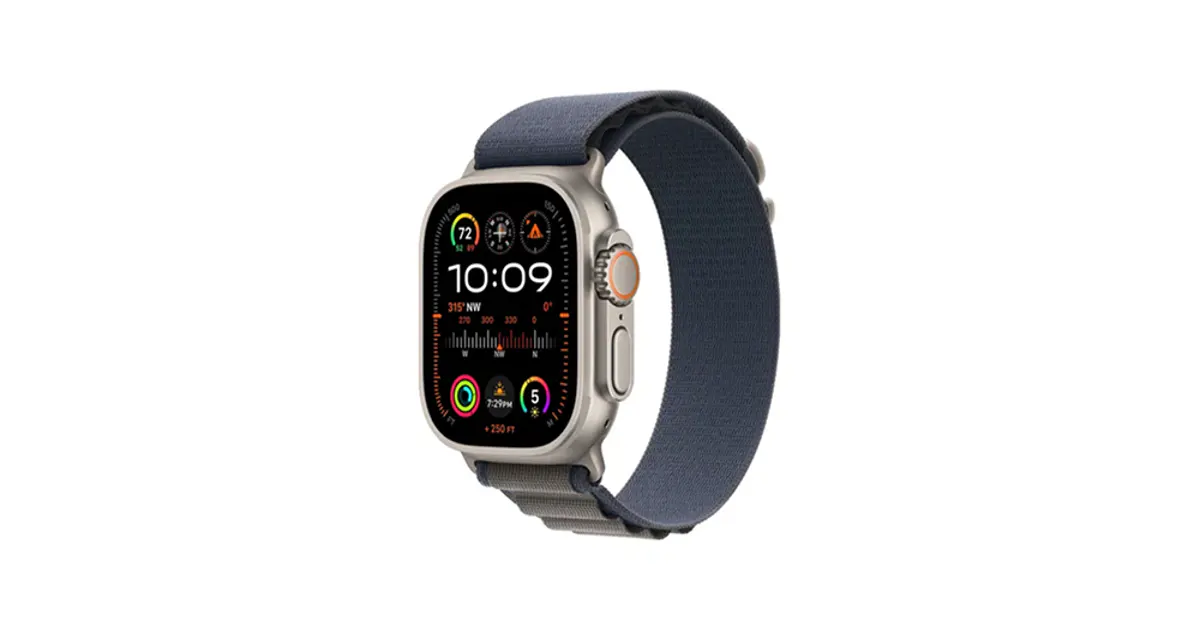
Apple maintains its leadership in the premium smartwatch segment. The second-generation Apple Watch Ultra is even more rugged: a titanium body withstands extreme conditions, the sapphire crystal display is virtually scratchproof, and next-gen GPS allows seamless navigation in mountains and deserts. Athletes enjoy expanded workout options, including running, swimming, climbing, and diving. Health features-like ECG, oxygen monitoring, pulse, and sleep breathing tracking-work flawlessly with iPhone.
- Pros: Unmatched iOS integration, ultra-precise sensors, premium design.
- Cons: Only compatible with iPhone, high price.
- Best for: Athletes, travelers, iOS users, and those seeking top-tier features and prestige.
-
Samsung Galaxy Watch 7
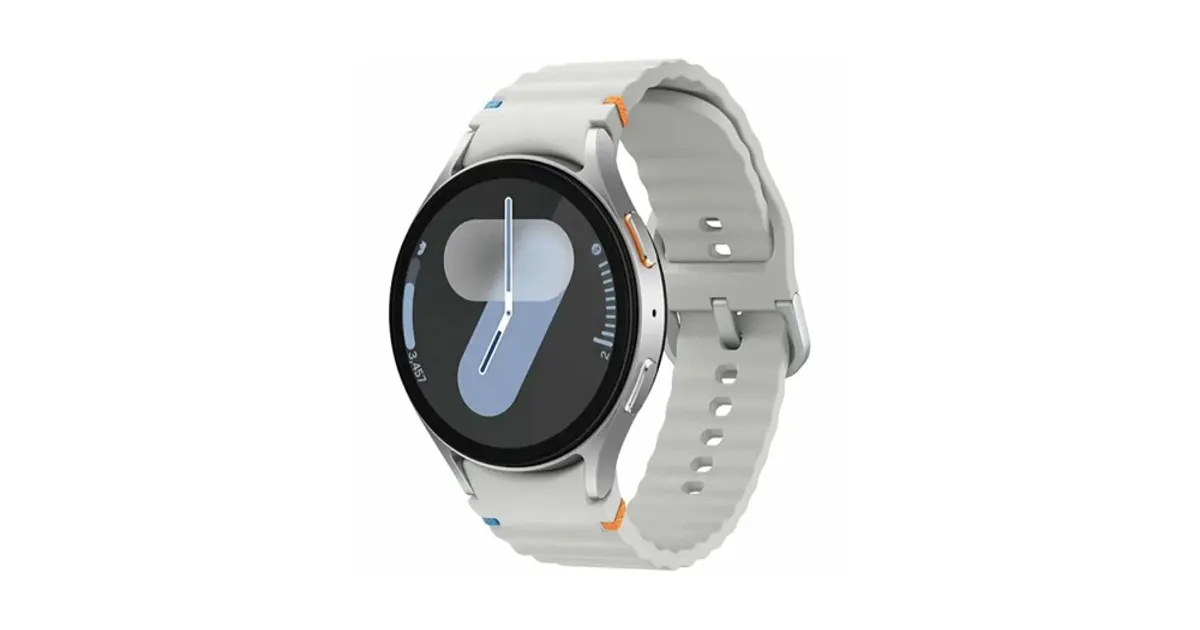
Samsung's flagship in 2025 is Apple's main competitor. The Galaxy Watch 7 Pro runs on WearOS, providing access to a wide range of Google apps, including Pay and Maps. The new battery lasts up to 4 days, and the built-in tonometer measures blood pressure directly from your wrist. A 2000-nit AMOLED screen makes it readable even in bright sunlight.
- Pros: Compatible with Android and iOS, advanced pressure sensor, bright display, LTE support.
- Cons: Some features are limited on iPhone.
- Best for: Android users, style enthusiasts, and those wanting a premium feel without the Apple price tag.
-
Huawei Watch GT 5 Pro
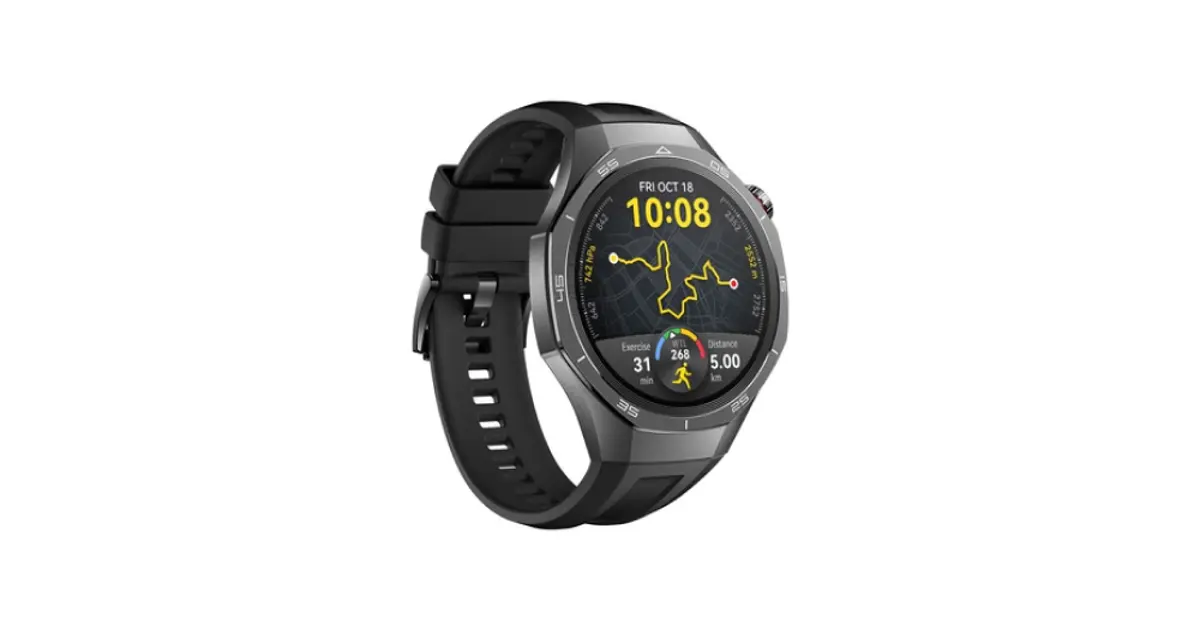
Focusing on battery life, Huawei's Watch GT 5 Pro is one of the longest-lasting smartwatches-up to 14 days on a single charge. Over 100 sports modes, sleep and stress tracking, ECG, and SpO2 make it a versatile companion. The ceramic build and AMOLED display add style, making it suitable for business attire as well.
- Pros: Up to 2 weeks battery, stylish design, versatility.
- Cons: Limited app support outside the Huawei ecosystem.
- Best for: Users prioritizing battery, health, and fitness without extra subscriptions.
-
Garmin Fenix 8 Solar
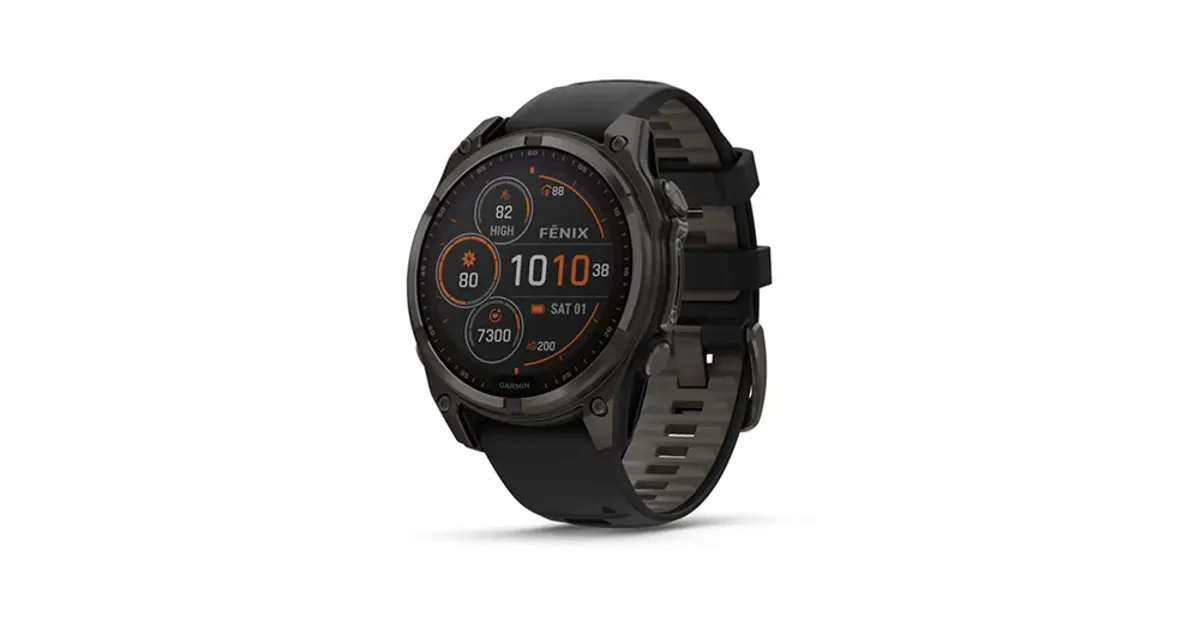
The go-to choice for pro athletes and adventurers. The Garmin Fenix 8 Solar supports solar charging, letting you use it for weeks without a power outlet. It features advanced sports algorithms, precise GPS, and body recovery analysis. Offline maps and route tracking cater to climbers and travelers. Its only downside is its size and price, but for outdoor fans, that's a small trade-off.
- Pros: Incredible battery life, precise GPS, map support.
- Cons: Bulky, expensive.
- Best for: Runners, hikers, professional athletes.
-
Amazfit Balance
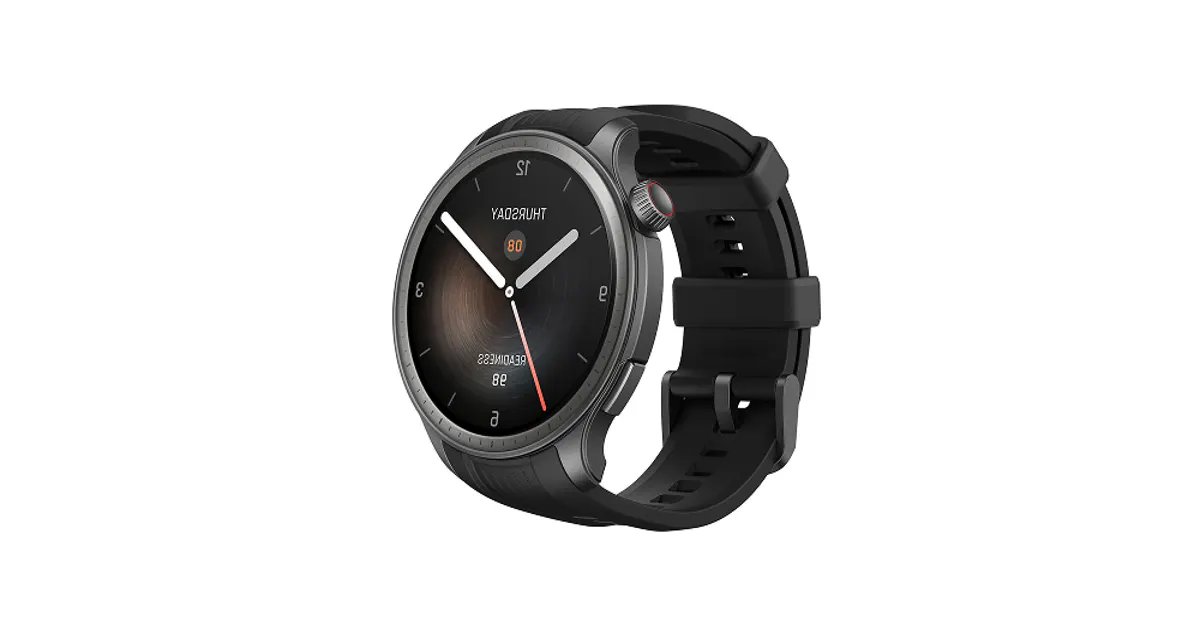
Amazfit continues to impress with affordable models packed with features. The Balance delivers maximum value: 150+ sports modes, sleep and stress tracking, Alexa support, and up to 10 days of battery life make it a smart buy in 2025.
- Pros: Great price, rich features, Android & iOS compatibility.
- Cons: GPS accuracy isn't top-tier.
- Best for: Those seeking an all-rounder without overpaying.
-
Xiaomi Watch S3
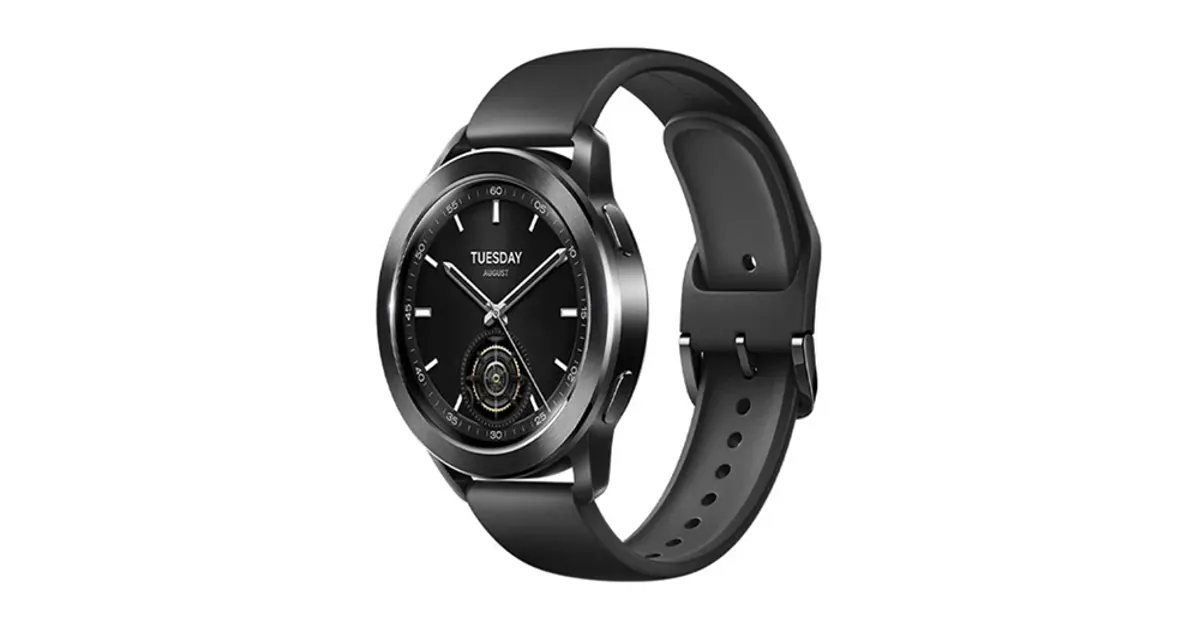
Xiaomi's Watch S3 is a great choice for those wanting a balance between price and functionality. With an always-on AMOLED display, heart rate and SpO2 sensors, and sleep tracking, it's built for everyday users. A built-in mic and speaker allow for taking calls directly from your wrist. The updated MIUI Watch interface offers a modern, user-friendly experience and up to 7 days of battery life.
- Pros: Affordable, call support, bright display, many watch faces.
- Cons: Fewer sport modes than Garmin or Huawei.
- Best for: Everyday users, young people, and anyone wanting it all at a great price.
-
Realme Watch 5
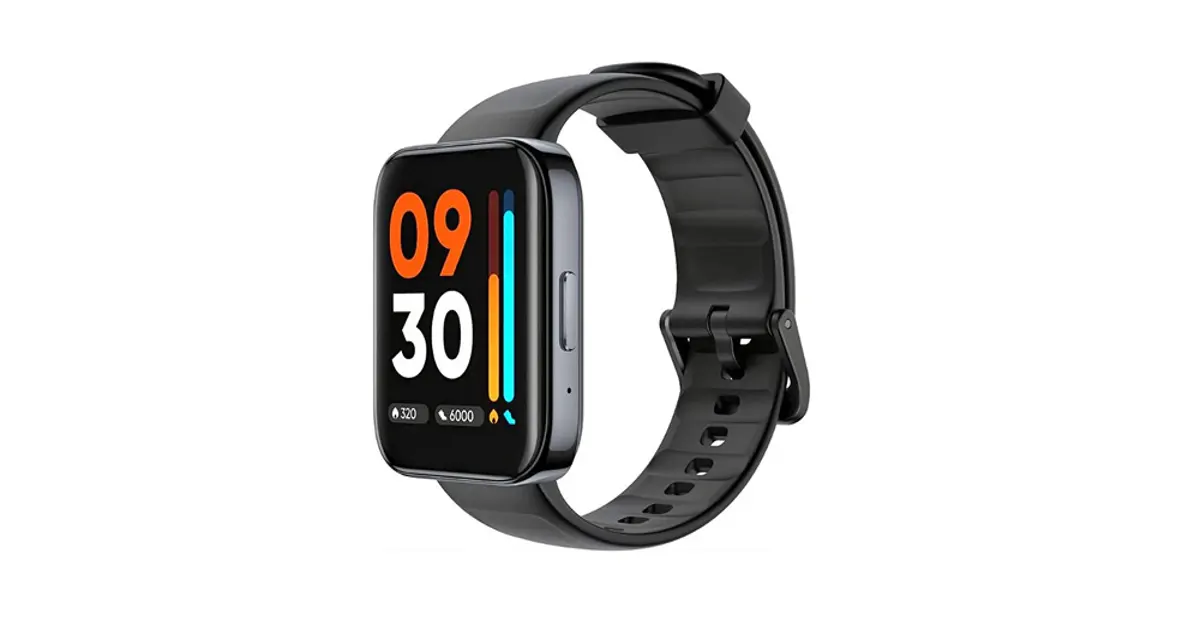
Realme steps up in 2025 with Watch 5-a lightweight, stylish watch focused on sports and fitness. It offers several sport modes, heart rate, blood oxygen, and basic stress measurement. The intuitive interface and 10-day battery make it ideal for first-time smartwatch users, especially students and fitness beginners.
- Pros: Lightweight, affordable, solid fitness features.
- Cons: Fewer advanced functions, simple ecosystem.
- Best for: Students, beginner athletes, and anyone buying their first smartwatch.
-
Fitbit Sense 3
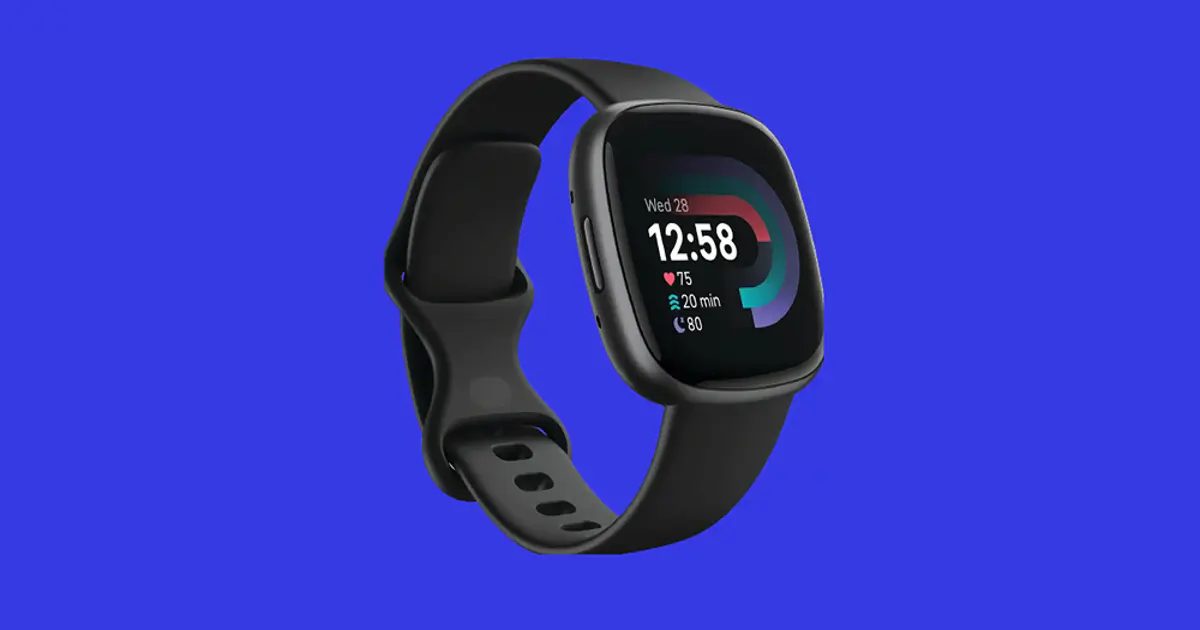
Fitbit stands out for its health focus, and the Sense 3 is the top choice for wellness tracking. It offers ECG, body temperature, stress, and even emotional state monitoring. Fitbit leverages AI to analyze data, recommending the best times to rest or train. With excellent Android and iOS integration, it's a versatile solution for health-conscious users.
- Pros: Best-in-class health features, AI analytics, stylish design.
- Cons: Limited app store, subscription required for advanced features.
- Best for: Health-focused users, those seeking stress and sleep control.
-
TicWatch Pro 5 Ultra
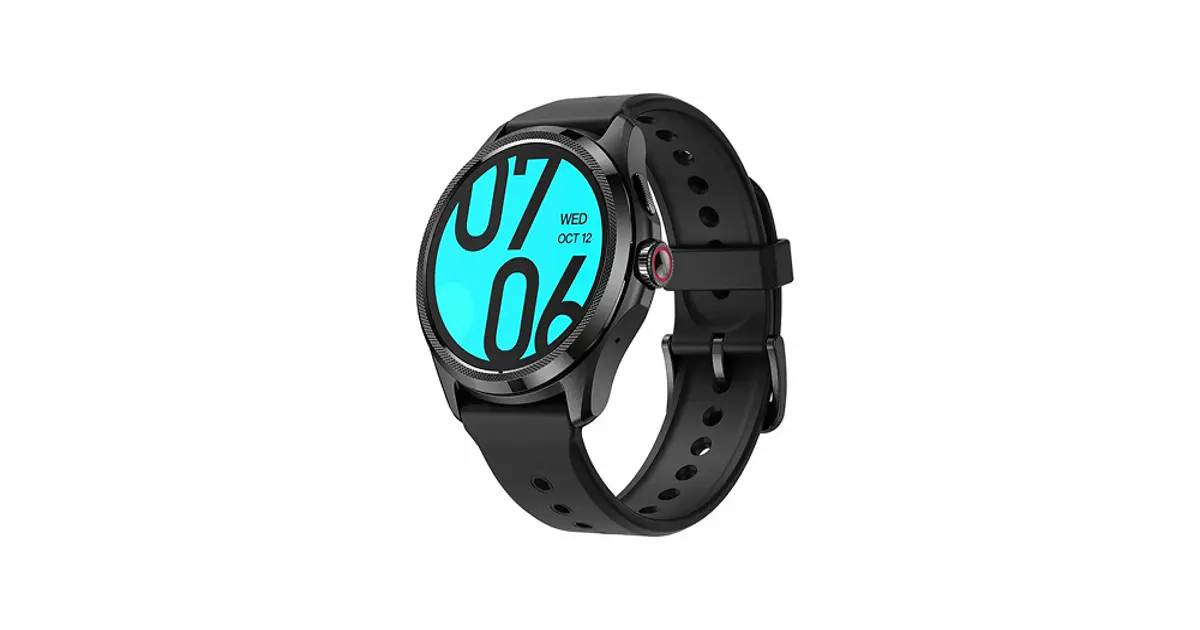
Mobvoi's TicWatch Pro 5 Ultra advances the WearOS lineup with a unique dual-display: AMOLED for rich colors and a low-power mode for extended battery life. Google Pay, Assistant, and a host of apps turn it into a true mini-computer on your wrist.
- Pros: WearOS & Google services, easy payments, dual display.
- Cons: Average battery life compared to Huawei/Amazfit.
- Best for: Android users who want a "smartphone on the wrist."
-
Amazfit T-Rex Ultra 2
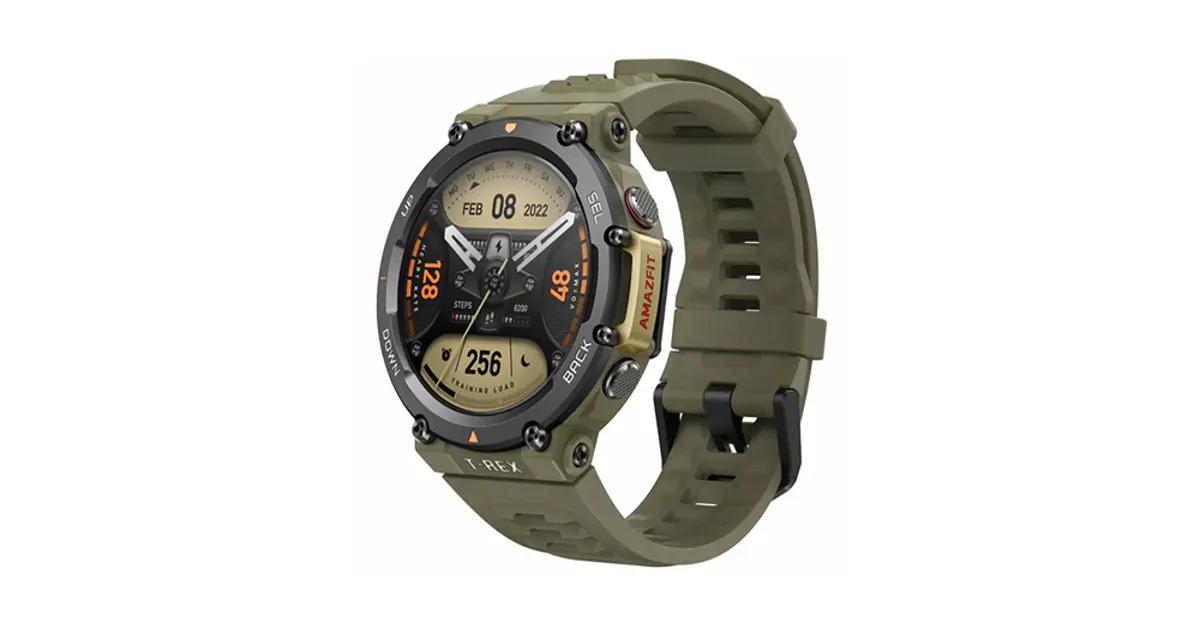
The Amazfit T-Rex Ultra 2 is built like a tank: military-grade protection, shockproof casing, 100-meter water resistance, and up to 20 days battery make it perfect for travelers and outdoor adventurers. It supports offline maps, multiple sports modes, and doubles as a survival tool. While heavy and chunky, that's precisely its charm.
- Pros: Maximum durability, huge battery life, shock and water resistance.
- Cons: Large and heavy.
- Best for: Hikers, climbers, military, and outdoor enthusiasts.
Best Smartwatches for Men in 2025
Men's smartwatches are typically larger, more robust, and packed with features for sports and business. The top picks for 2025 are:
- Apple Watch Ultra 2: The choice for iPhone owners-style and maximum functionality.
- Garmin Fenix 8 Solar: For active men, athletes, and adventurers.
- Samsung Galaxy Watch 7: A universal Android watch that perfectly combines style and utility.
These models are ideal for those who value big screens, bold design, and extended sports features.
Best Smartwatches for Women in 2025
Women's smartwatches feature more elegant designs, lighter builds, and enhanced health functions. Leading the pack:
- Fitbit Sense 3: Cycle tracking, ECG, stress, and sleep monitoring.
- Huawei Watch GT 5 Pro: Stylish, long-lasting, and matches any outfit.
- Apple Watch Series 10: Elegant with all key iPhone-compatible features.
These watches work well for daily wear and complement both business and casual styles.
Best Smartwatches for Sports & Fitness in 2025
For sports, sensor accuracy, GPS, and multiple activity modes matter most. Top 3 in this category:
- Garmin Fenix 8 Solar: The leader for running, triathlon, and outdoor activities.
- Huawei Watch GT 5 Pro: The perfect balance of fitness features and battery life.
- Amazfit Balance: An affordable, versatile training solution.
These gadgets help you track progress, plan routes, and get recovery advice.
Best Smartwatches for Health in 2025
Medical features are key-ECG, blood pressure, SpO2, sleep, and stress monitoring. Top 3 solutions:
- Fitbit Sense 3: The most accurate health assistant.
- Samsung Galaxy Watch 7: Blood pressure, ECG, and deep sleep analysis.
- Apple Watch Ultra 2: Comprehensive oxygen and pulse monitoring.
These models serve athletes and everyday users who prioritize health tracking.
Best Smartwatches for Battery Life
Battery life is a major demand in 2025. The standouts are:
- Huawei Watch GT 5 Pro: Up to 14 days per charge.
- Amazfit T-Rex Ultra 2: Up to 20 days on a single charge.
- Garmin Fenix 8 Solar: Solar charging for extended adventures.
These watches are perfect for travel and long expeditions.
Best Smartwatches with GPS in 2025
Navigation accuracy is vital for athletes and travelers. The top 3:
- Apple Watch Ultra 2: Benchmark GPS accuracy.
- Garmin Fenix 8 Solar: Ideal for hiking and mapping.
- Huawei Watch GT 5 Pro: Reliable for both sports and daily use.
GPS is now standard in even mid-range models, but these stand out for precision.
Best Smartwatches for iPhone and Android in 2025
Choice often depends on your platform. In 2025:
- For iPhone: Apple Watch Ultra 2, Apple Watch Series 10.
- For Android: Samsung Galaxy Watch 7, Huawei Watch GT 5 Pro, Xiaomi Watch S3.
- Universal: Amazfit Balance, Fitbit Sense 3.
Each ecosystem has its leaders, and universal models now bridge the gap between iOS and Android.
Premium Segment Smartwatches in 2025
The premium class is led by:
- Apple Watch Ultra 2: The top choice for iOS.
- Samsung Galaxy Watch 7: Style and function for Android users.
- Garmin Fenix 8 Solar: The gold standard for battery and accuracy in sports.
These models are perfect for those who value prestige, innovation, and the most advanced features.
Conclusion
2025 marks a turning point for wearables. Smartwatches have moved beyond being mere "notification toys" to become true medical, fitness, and style devices. They now replace heart rate monitors, pedometers, fitness trackers, and in some cases, even parts of your smartphone's functionality.
Highlights from our ranking:
- Apple Watch Ultra 2: The best choice for iPhone owners seeking maximum features and premium design.
- Samsung Galaxy Watch 7: The Android flagship combining style, functionality, and convenience.
- Huawei Watch GT 5 Pro: The leader in battery life-up to two weeks per charge.
- Garmin Fenix 8 Solar: The top pick for professional sports and extreme conditions.
- Fitbit Sense 3: The gold standard for health and stress control.
- Amazfit T-Rex Ultra 2: The best for travelers and those who value endurance.
For budget-friendly picks, Amazfit Balance, Xiaomi Watch S3, and Realme Watch 5 offer essential health, fitness, and style features at great prices.
How to Choose a Smartwatch in 2025
- Define your primary use. For sports and GPS navigation, look to Garmin and Huawei. For health and stress monitoring, consider Fitbit or Samsung. For style and the richest ecosystem, choose Apple.
- Consider battery life. If you don't want to charge your watch every other day, Huawei or Amazfit are better choices. Apple and Samsung require more frequent charging but offer maximum features.
- Check compatibility. Apple Watches only work with iPhones, Samsung and Huawei pair best with Android, while Amazfit and Fitbit are universal.
- Set your budget. In 2025, the market offers everything from affordable Realme Watch 5 to premium Garmin and Apple Watch Ultra 2 models.
In summary: smartwatches in 2025 have become essential personal assistants for health, fitness, and everyday life. Whether you choose a budget, mid-range, or premium model, the market has worthy options. The key is to know what matters most to you: style, sports, health, or battery life.